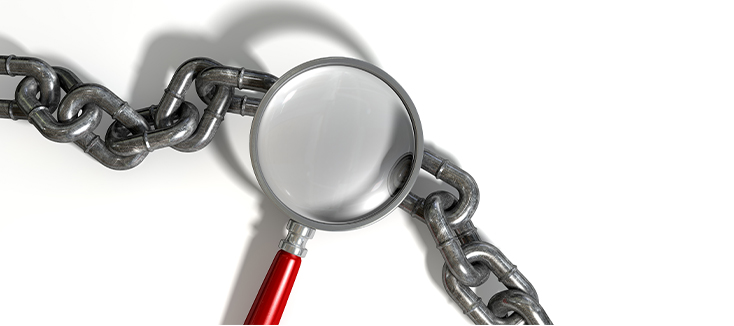Reprocessing transesophageal echocardiogram (TEE) ultrasound probes is hard work. Really hard work. When you don't spend days with your hands in and out of basins filled with enzymatic cleaners and high-level disinfectants to ensure the safety of patients, it's easy to dismiss just how hard it can be. Not only is it hard, but it's highly important. Without the hard work of infection preventionists and those who work reprocessing semi-critical devices, many people would be at an increased risk for healthcare acquired infection (HAI).
What is all the fuss about? How much goes into reprocessing a simple TEE probe, anyway? The Centers for Disease Control and Prevention (CDC) has a PDF outlining everything you need to know about disinfection and sterilization. It's 163 pages long and filled with the numerous facts and figures necessary for proper high-level disinfection. These all must be followed perfectly, every time, by those who reprocess TEE ultrasound probes or the consequences could be dire.
In an effort to streamline the complexities of TEE probe reprocessing, CS Medical developed the TEE Complete Care® Process and makes it available online for free. TEE Complete Care is a simple, ten-step process outlining each step required to take a probe all the way from dirty to sparkling clean and ready for the next patient.
For some facilities, TEE probes are used infrequently, so ten steps are simple and there is time to follow each one carefully and fully. For other, larger facilities or those that specialize in TEE ultrasound procedures, ten steps can get to be too much. Especially when taking into consideration that several of the steps can take up a lot of valuable time (cleaning and high-level disinfecting, to be precise). These steps require the person reprocessing the probe to stick around and watch a probe soak in a basin for a while; not exactly time well spent when you've got multiple devices to reprocess.
This is when it is in your facility's best interests to automate some of the process. This will save workers' time and allow them to focus on more pressing issues than gazing into a tub of disinfectant. Automating might also help give their lungs and skin a break from the harsh chemicals used for reprocessing. And as if we needed more reason, automation is also associated with better outcomes when it comes to reprocessing, as there is less room for human error. This helps to significantly minimize risk to patients for HAIs.
Automated reprocessors can take a lot of the stress and wasted time out of reprocessing TEE ultrasound probes. Devices like the TD 100® Automated TEE Probe Disinfector and the TD 200® Automated TEE Probe Disinfector take the guesswork out of high-level disinfection. These devices perfectly control for time and temperature and incorporate easy, single-use disinfectants to limit workers' exposure to these harsh chemicals and make the process that much simpler.
If you're looking to make reprocessing even quicker and more foolproof, TEEClean® Automated TEE Probe Cleaner Disinfector can make that happen. TEEClean completely automates both the cleaning and high-level disinfection steps. Those responsible for reprocessing simply need to bedside clean a soiled probe and insert the probe into TEEClean. Once TEEClean has done the work, the next step is removing the probe, drying it, and storing it somewhere clean and safe.
Automating much of the reprocessing procedure can result in better outcomes for patients, staff, and your facility. Reprocessing TEE probes is important work, but it doesn't have to be hard.


